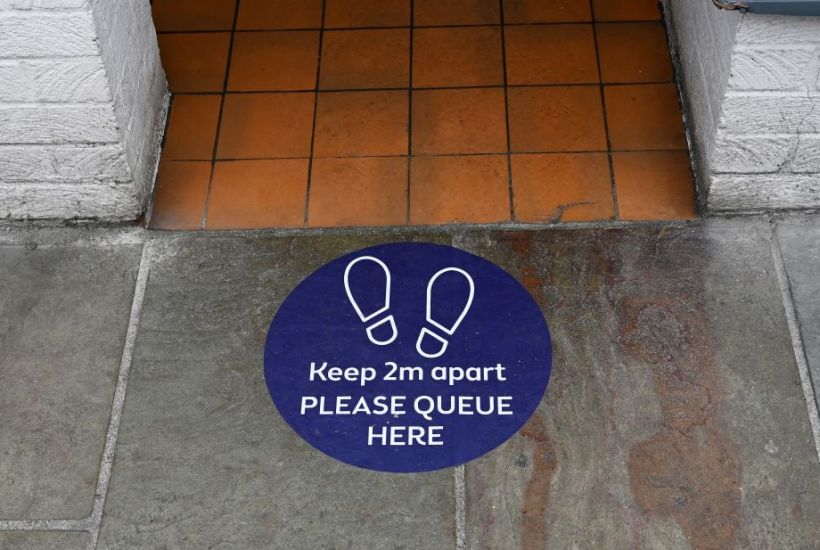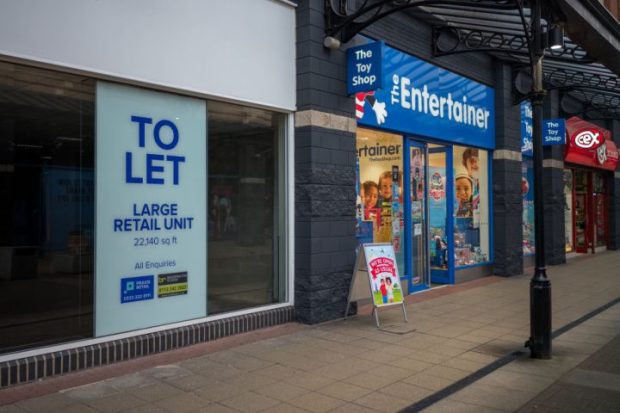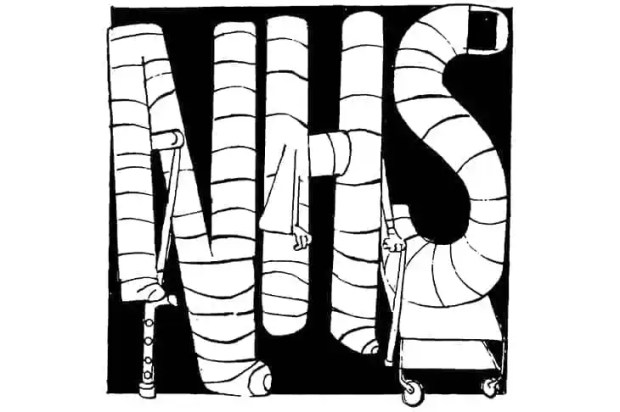Could the Government be about to relax the two-metre rule for social distancing? On Wednesday morning, professor Robert Dingwall, a sociologist who sits on the New and Emerging Respiratory Virus Threats Advisory Group, questioned the rule, saying he had tried to trace the scientific justification for it but couldn’t. The evidence, he said, was ‘fragile’. Some countries, such as the US and Spain, have also set a distance of two metres but others, such as Australia, Germany and the Netherlands are content with 1.5 metres and others, such as Norway and Finland are happy with a single metre.
The two-metre rule is going to be a huge impediment to relaxing lockdown. As an example, a standard train carriage in Britain is 2.8 metres wide. It is possible to maintain one metre social distancing by only using the window seats, but it is impossible to maintain two metres distance when people have to walk up and down the aisles. Likewise, one metre social distancing is practical in shops and restaurants while two metres is either impossible or impractical for commercial reasons.
Before this pandemic, the US Centers for Disease Control was already recommending distancing of six feet (just under two metres) as a means of avoiding the transmission of influenza – and some claim it is a rule of thumb which has been in use since the 1930s. However, a Chinese study in the journal of Emerging Infectious Diseases studied the atmosphere in hospital wards in Wuhan at the peak of the epidemic and detected the virus present in the air up to four metres away from an infected patient.
Professor Lydia Bourouiba of the Massachusetts Institute of Technology went one further and suggestedit was possible for an infected person to spread the disease in aerosol droplets up to 8.2 metres away. That is a distance which would be impossible to maintain in any urban area, even outdoors, as there are many streets and passageways that are not that wide.
 Multiphase Turbulent Gas Cloud From a Human Sneeze. Credit: JAMA (2020).
Multiphase Turbulent Gas Cloud From a Human Sneeze. Credit: JAMA (2020).
Distance, though, is not everything – the time spent within spluttering distance of another individual is equally important. Documents publishedby the Scottish government on its own proposed test, track and trace programme suggest that the system would be triggered when someone has spent 15 minutes within two metres of an infected person. Andrew Curran, chief scientific adviser to the Health and Safety Executive recently claimed than an hour spent two metres away from an infected person gave the same chance for the virus to spread as ‘a few seconds’ at one metre.
The other variable is whether or not a space is enclosed or not. A study by the Japanese National Institute of Infectious Diseases claimsthat, all other things being equal, the risk of the virus being transmitted from person to person is 18.7 times as high indoors than it is outdoors.
Logically, the Government should be thinking of having two different distances for social distancing, one for indoors and one for outdoors, and to enforce the distancing more when people are spending a long time in close proximity, say on a train journey or sitting down for a meal, than when they are passing each other in the street.
Got something to add? Join the discussion and comment below.
Get 10 issues for just $10
Subscribe to The Spectator Australia today for the next 10 magazine issues, plus full online access, for just $10.




















Comments
Don't miss out
Join the conversation with other Spectator Australia readers. Subscribe to leave a comment.
SUBSCRIBEAlready a subscriber? Log in